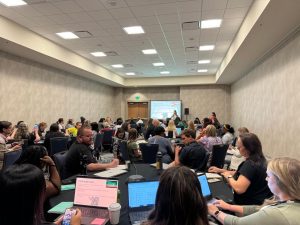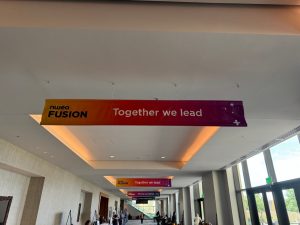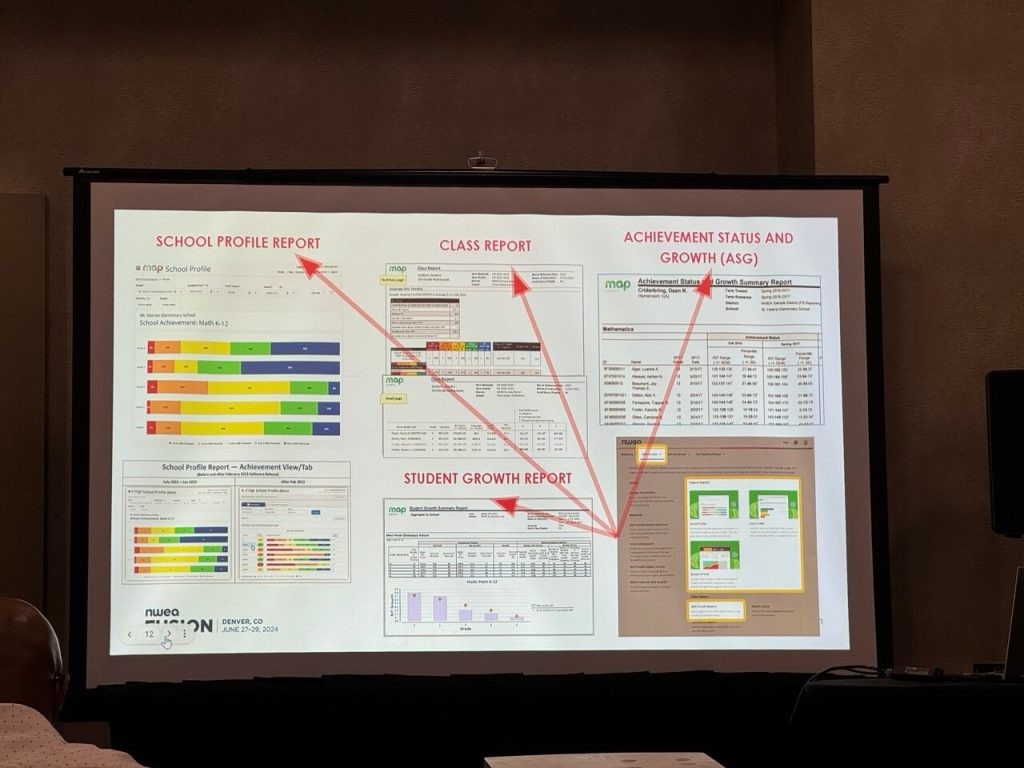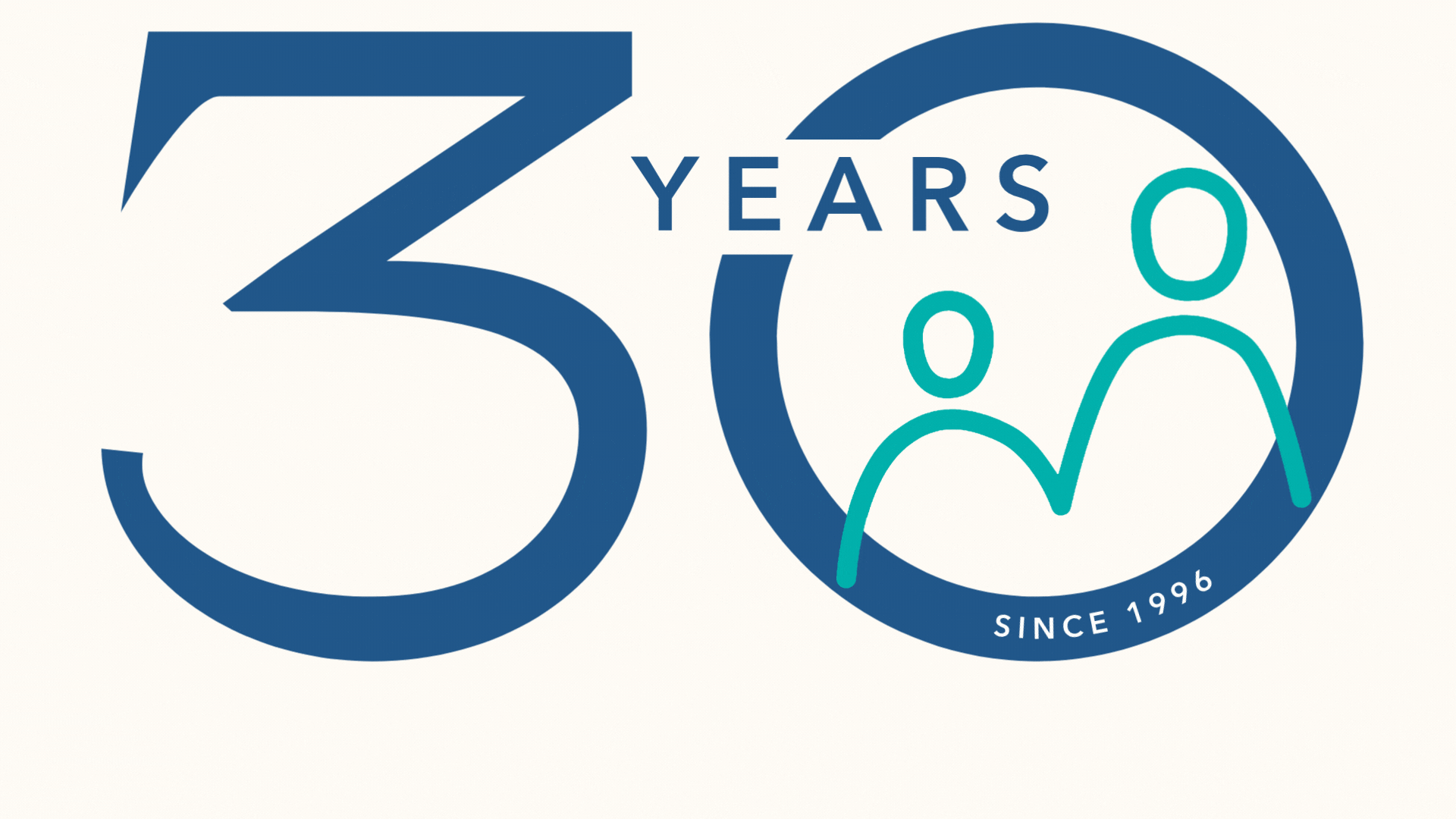From June 27 to 29, 2024, six Baltimore Curriculum Project (BCP) leaders attended Fusion 2024, the Northwest Evaluation Association (NWEA) annual conference in Denver to deepen their understanding and use of NWEA assessment and support services.

BCP educators who attended:
- Maura Farrall, BCP Lead Academic Coach
- Brianna Kaufman, BCP Director of Operations
- Bernarda Kwaw, Principal, Govans Elementary School
- Tetra Jackson, Principal, Frederick Elementary School
- Tom Judd, Testing Coordinator, Pimlico Elementary / Middle School
- Keith Tabor, Math Academic Coach, Pimlico Elementary / Middle School
- Alison Ambrose, Middle School Academic Coach, Pimlico Elementary / Middle School
 The BCP NWEA conference contingent included BCP leadership, principals, a school test coordinator, and academic coaches working with teachers of PK-8 in all content areas. “An important part of the NWEA coaching and teacher-focused track was a reminder that we are all partners, collaboratively responsible for student success,” Ms. Farrall shared about the overall experience.
The BCP NWEA conference contingent included BCP leadership, principals, a school test coordinator, and academic coaches working with teachers of PK-8 in all content areas. “An important part of the NWEA coaching and teacher-focused track was a reminder that we are all partners, collaboratively responsible for student success,” Ms. Farrall shared about the overall experience.
BCP uses NWEA’s MAP growth assessment tools to measure student achievement and growth in math, reading, and language usage. Given three times a year, the NWEA MAP data informs BCP’s educators instructional decisions. From the data, BCP creates a customized learning experience for each student by addressing student strengths and challenges in real-time.
We asked attendees to share their biggest takeaways from the three-day deep-dive into MAP.
Attending the Fusion conference about administering the NWEA involved engaging with educational professionals focused on student assessment and growth. The conference provided an opportunity to explore NWEA’s tools, such as the MAP Growth assessment, and to learn best practices for implementation and data utilization. I attended workshops, keynote sessions, and networking events to enhance my understanding of the educational measurement and to share insights with colleagues. The setting in Denver offered a vibrant backdrop for both professional development and exploration of the city’s cultural and recreational offerings that included attending a Diana Ross concert celebrating the enduring legacy of one of music’s greatest icons.
One thing I learned and believe to be especially useful in understanding and planning for student growth is related to NWEA’s Rasch UnIT (RIT) scale. [There are several RIT scales: one each for reading, language usage, mathematics, and general science plus a few scales that are under development.] Understanding how an item gets a RIT score through the calibration cycle and how a student gets a RIT score through the adaptive test was eye opening. In addition to this information, I will be using the Data Driven Dialogue Protocol (shared in one of my sessions) to develop goals and strategies for student growth.
The conference provided instruction, work materials, and time to collaborate with administrators and education leaders from all over the United States. Everyone shared a common goal: to analyze where our students are academically and plan the best way to move them forward.
NWEA MAP scores are an important part of analyzing student achievement. More valuable than the score reported for each student is the detailed information on exactly what the teacher should work on to address individual needs. We use the MAP as one piece of data when planning for students, even those who are far above level.
I am using what I learned in sessions to modify a data document to track MAP test scores, in-class performance level, and attendance. My goal is to help teachers, coaches, and administrators collaborate on rigorous goals for students and track their progress through the year in both reading and math.

